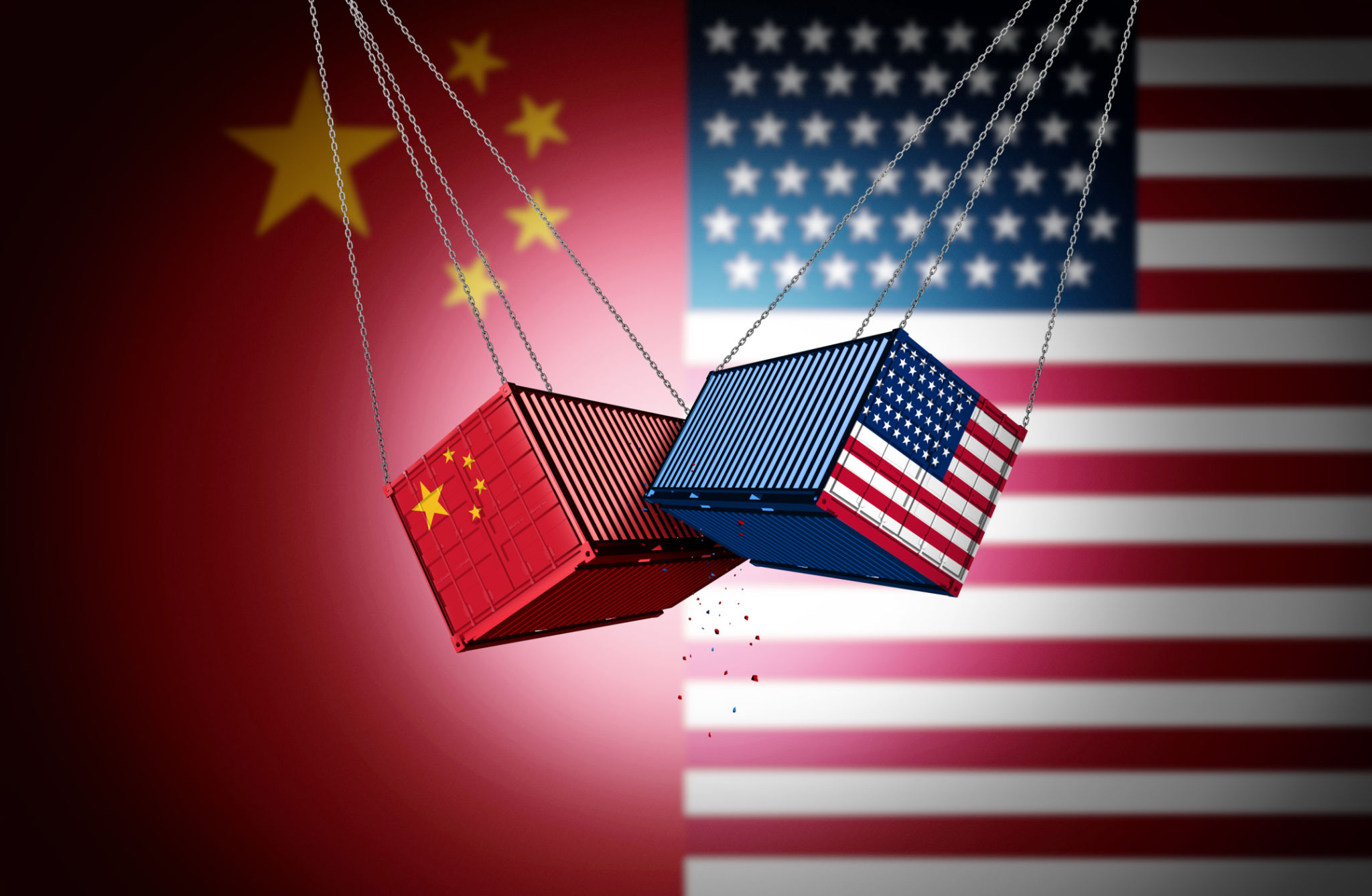Debunking Common Myths About Import Export in China
Understanding the Realities of Import Export in China
China is a major player in the global trade market, yet there are numerous misconceptions surrounding its import-export processes. These myths often deter businesses from exploring opportunities in this vast market. In this post, we'll address some of the most common myths and provide clarity on the realities of doing business with China.

Myth 1: Importing from China is Always Cheap
A common belief is that importing goods from China is always a cost-effective option. While it's true that China offers competitive pricing, several factors can influence costs, including shipping fees, tariffs, and quality standards. Businesses must conduct thorough cost analyses to ensure they are truly getting value for money.
Moreover, hidden costs such as customs duties and compliance fees can significantly impact the overall expense. It’s crucial for importers to consider these additional costs when planning their budgets.
Myth 2: Exporting to China is Too Complex
Many believe that exporting to China is an insurmountable challenge due to its regulatory environment. However, this perception is not entirely accurate. While China does have specific regulations, there are numerous resources available to assist businesses in navigating these requirements.

Organizations such as the China Council for the Promotion of International Trade (CCPIT) offer valuable guidance and support. Additionally, local partnerships and consulting services can help simplify the process, making it more accessible than it might initially seem.
Myth 3: Quality Control is Unreliable
Another prevalent myth is that Chinese products lack quality. While quality can vary, it's important to recognize that many Chinese manufacturers adhere to strict quality standards and certifications. Engaging in due diligence by vetting suppliers and conducting regular inspections can ensure product quality meets expectations.
Furthermore, many Chinese firms have invested in advanced technologies and processes to improve product quality, aligning with international standards and gaining certifications like ISO 9001.

Myth 4: Language Barriers Make Business Difficult
Language barriers are often cited as a significant challenge when doing business with China. However, this obstacle is steadily diminishing as more Chinese companies employ bilingual staff and leverage translation services. Additionally, many international business platforms offer multilingual support to facilitate smoother communication.
Investing in professional translators or language training for your team can also greatly enhance business interactions, fostering stronger relationships with Chinese partners.
Myth 5: Intellectual Property is Not Protected
A persistent fear among businesses is the protection of intellectual property (IP) in China. While there have been instances of IP infringement, China has made substantial progress in strengthening its IP laws and enforcement mechanisms.
The establishment of specialized IP courts and the implementation of stricter penalties for violations are part of China's efforts to protect foreign investments. Companies should proactively register their trademarks and patents in China to safeguard their intellectual assets.

Conclusion
The import-export landscape in China is filled with opportunities, but it's crucial to separate fact from fiction. By understanding the realities behind these myths, businesses can make informed decisions and successfully navigate the complexities of international trade with China. As always, thorough research and strategic planning are key to capitalizing on this dynamic market.
